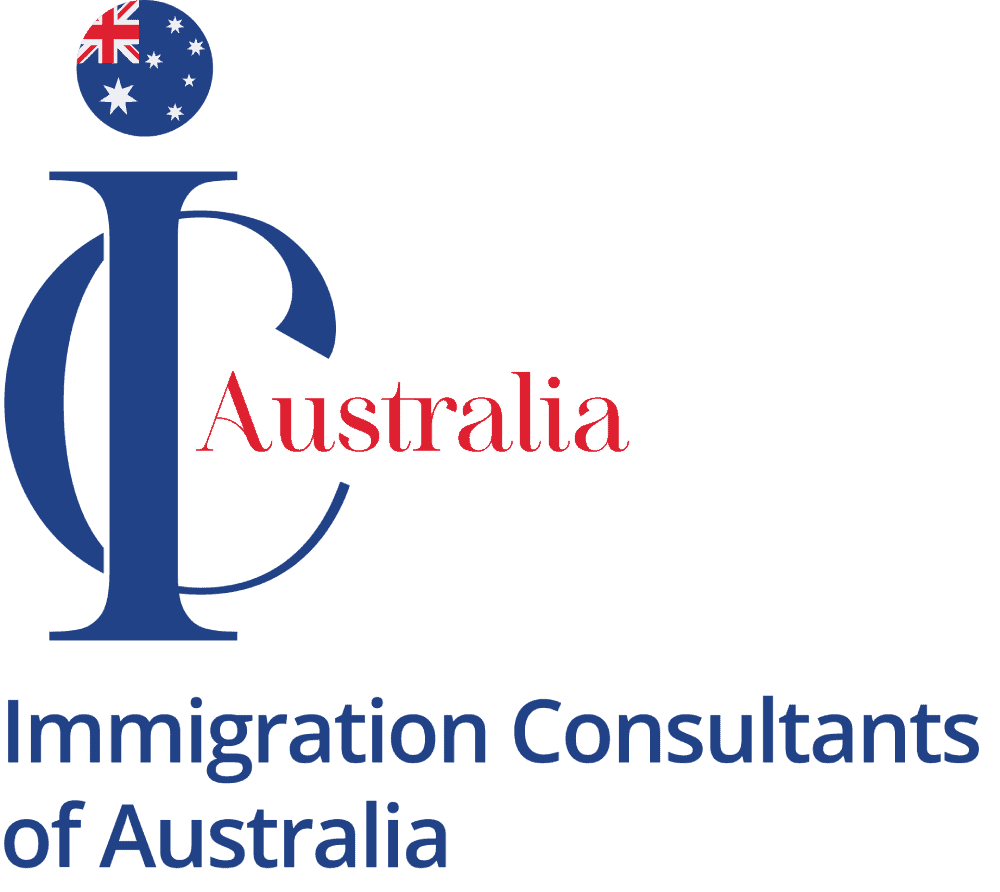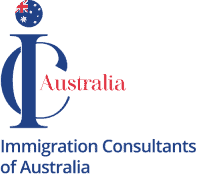Are you considering a trip Down Under? Planning to work, study, or holiday in Australia? Understanding the visa application process is vital to make sure you experience a smooth journey from the application stage to the final visa approval. In this article, we will guide you through the timeline for obtaining an Australian visa, outlining how long the immigration process to Australia take.
Different types of visas and how long the immigration process to Australia takes
Australia offers a wide range of visas to cater to various purposes, including tourism, work, study, and family migration. Before diving into the visa application process, it’s important to understand the different types of visas available and how long the immigration process to Australia takes for each subclass. Each visa has specific eligibility criteria and requirements, so choosing the right one is crucial. Here are some of the most common types of Australian visas:
Tourist Visa
If you’re planning a short-term visit for holidays, sightseeing, or visiting friends and family, a tourist visa (subclass 600) is the way to go. This visa allows you to stay in Australia for up to three, six, or twelve months, depending on your circumstances.
Skilled Visa
You may be eligible for a skilled visa if you possess certain skills and qualifications that are in demand in Australia. The Skilled Independent visa (subclass 189) and Skilled Nominated visa (subclass 190) are popular options for skilled workers who want to permanently live and work in Australia.
Student Visa
Planning to study in Australia? A student visa (subclass 500) is a must. This visa allows you to enroll in a registered course and stay in Australia for the duration of your study program.
Partner Visa
If you’re in a genuine and ongoing relationship with an Australian citizen, permanent resident, or eligible New Zealand citizen, you may be eligible for a partner visa. This visa allows you to live and work in Australia indefinitely.
Working Holiday Visa
If you’re between 18 and 30 years old and want to explore the Australian way of life while working part-time, a working holiday visa (subclass 417) or work and holiday visa (subclass 462) might be the perfect fit for you.
These are just a few examples of the many visas available. It’s important to identify the visa category that best suits your purpose and circumstances before proceeding with the application process.
Choosing the right visa for your needs and timeframe
Selecting the right visa is essential to ensure a successful application. Consider the purpose of your visit, the duration of your stay, and your future plans in Australia. Here are a few factors to consider when choosing a visa:
Purpose
Determine the reason for your visit. Are you visiting for tourism, work, study, or to be with a partner or family member? Each visa has specific conditions and requirements related to the purpose of the visit.
Duration
Consider the length of time you intend to stay in Australia. Some visas have maximum stay limits, while others allow for longer stays or even permanent residency.
Eligibility
Assess your eligibility based on factors such as age, skills, education, health, and character requirements. Some visas have specific skill or English language proficiency requirements that you need to meet.
Future plans
If you have long-term plans to live, work, or study in Australia, choose a visa that aligns with your future goals. Some visas offer pathways to permanent residency or citizenship, while others are temporary in nature.
It’s always a good idea to seek professional advice from ICAustralia to ensure you choose the right visa for your needs and understand how long immigration to Australia take.
Understanding the application process and how long immigration to Australia takes
Now that you have identified the type of visa you need, it’s time to dive into the visa application process. The process can vary depending on the type of visa and your individual circumstances, but there are some general steps that are common to most visa applications. Let’s take a closer look at the typical visa application process:
Research and gather information
Start by researching the visa requirements, eligibility criteria, and necessary documentation. Familiarize yourself with the application process and any additional steps specific to your chosen visa category.
Complete the application form
Fill out the online application form accurately and provide all the required information. Double-check your entries to avoid any errors or omissions that could delay the processing time.
Prepare supporting documents
Collect and organize all the supporting documents required for your visa application. These may include identification documents, proof of financial capacity, health and character certificates, and any other specific documents relevant to your visa type.
Submit your application
Once you have completed the application form and gathered all the necessary documents, submit your application online through the official Australian Department of Home Affairs website. Pay the applicable visa application fee at this stage.
Biometrics and health checks
Depending on your visa type and country of residence, you may be required to provide biometric data (such as fingerprints) and undergo a health examination. Follow the instructions provided by the Australian Department of Home Affairs regarding these additional requirements.
Visa processing time
After submitting your application, the visa processing time begins. The processing time can vary depending on the visa type, the number of applications being processed, and other factors such as your country of residence. It’s important to note that processing times are estimates and can fluctuate.
Visa decision
Once your application has been processed, you will receive a decision regarding your visa application. If approved, you will be granted a visa, and the details will be provided to you. If there are any issues or additional requirements, you may be contacted by the Department of Home Affairs for further information.
How long does it take to process an Australian visa?
The processing time for an Australian visa can vary depending on several factors, including the type of visa, the number of applications being processed, and your individual circumstances. While the Department of Home Affairs provides estimated processing times, it’s important to note that these are subject to change and should be used as a rough guide. Here are some general estimates for how long immigration to Australia takes:
Tourist Visa
The processing time for a tourist visa (subclass 600) can range from a few days to a few weeks, depending on the volume of applications received.
Student Visa
The processing time for a student visa (subclass 500) typically takes around four to six weeks, although it may vary depending on factors such as the educational institution and country of residence.
Skilled Visa
Skilled visas (subclass 189 and 190) generally have longer processing times due to the comprehensive assessment of skills and qualifications. Processing times can range from several months to over a year, depending on the demand and complexity of the application.
Partner Visa
Partner visa processing times can vary significantly, with waiting periods of up to two years or even longer in some cases.
It’s important to plan your visa application well in advance, taking into account the estimated processing times and any potential delays that may arise.
Factors that can affect how long immigration to Australia takes
While the processing times provided by the Department of Home Affairs give a general how long immigration to Australia takes, there are several factors that can impact the processing time of your visa application. Here are some factors to consider:
Peak seasons and holidays
During peak travel seasons or holiday periods, such as Christmas and New Year, the volume of visa applications can increase significantly, leading to longer processing times. It’s advisable to submit your application well in advance to avoid potential delays.
Application completeness
Incomplete or incorrect applications can result in delays as the Department of Home Affairs may request additional information or clarification. Ensure that all required documents are provided and your application is complete before submission.
Additional checks and verifications
Depending on your individual circumstances, additional checks or verifications may be required. This can include character checks, health assessments, or verification of submitted documents. These additional steps can prolong the processing time.
Country-specific requirements
Some countries have specific requirements or agreements with Australia that can impact processing times. These requirements may include additional documentation or checks that need to be completed, leading to longer processing times.
Changes in legislation or policy
Changes in immigration legislation or policy can impact visa processing times. It’s important to stay updated with any changes that may affect your application.
While you cannot control all these factors, being aware of them can help you set realistic expectations and plan your visa application accordingly.
Tracking How Long Your Visa to Australia May Take
Once you have submitted your visa application, you may be eager to track its progress. The Department of Home Affairs provides various options for tracking your visa application. Here are some methods you can use to understanding how long your visa to Australia may take:
Online tracking
The most convenient way to track your visa application is through the Department of Home Affairs’ online portal. You can log in using your unique application reference number and password to check the status of your application.
Email updates
If you provide your email address during the application process, you will receive email updates regarding the progress of your visa application. These emails will inform you of any important updates or requests for additional information.
Contacting the Department of Home Affairs
If you have any urgent queries or concerns about your visa application, you can contact the Department of Home Affairs directly. They will be able to provide you with the most up-to-date information regarding your application status.
It’s important to note that visa processing times can vary, and it’s not uncommon for applications to take longer than initially estimated. Patience is key during this stage, and it’s advisable to avoid making any travel arrangements until your visa has been approved.
Understanding how long a visa to Australia takes and final tips for a successful application
Obtaining an Australian visa can be an exciting and rewarding process, but it requires careful planning and attention to detail. By understanding the timeline for obtaining an Australian visa and following the steps outlined in this article, you can navigate the application process with confidence. Here are some final tips to ensure a successful visa application:
Start early
Begin your visa application process well in advance to allow for any unexpected delays or additional requirements.
Research and gather information
Familiarize yourself with the visa requirements, eligibility criteria, and necessary documentation for your chosen visa category.
Be organized:
Keep all your documents and information organized to ensure a smooth application process. Create a checklist to help you stay on track.
Double-check your application:
Review your application form and supporting documents for any errors or omissions before submission.
Seek professional advice:
If you’re unsure about any aspect of the visa application process, consult a registered migration agent or seek professional advice to ensure you have the best chance of success.
Ready to live in Australia? Seek assistance from ICAustralia! We simplify the application process and increase your chances of success. Additionally, we guarantee a smooth and successful immigration experience to Australia by crafting a personalized immigration plan that aligns with your unique profile and aspirations. Additionally, we offer comprehensive assistance, guidance from a regulated MARA agent, and manage the application submission process on your behalf.
Living in Australia can be your reality in 2024. Start your Australian dream by contacting ICAustralia today!


